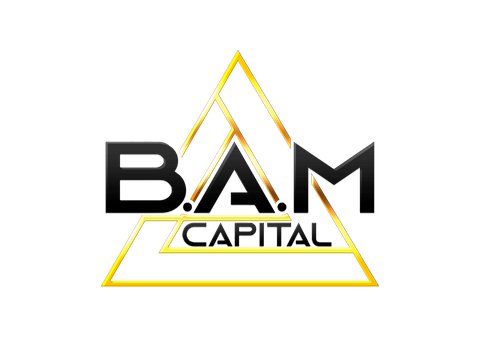GLOSSARY OF INVESTMENT TERMS
📘 Real Estate Investment Terms Made Simple
📈 Appreciation
Watch your property skyrocket in value! Whether due to market shifts or savvy upgrades, appreciation turns your investment into a treasure chest! 💎
⚖️ Break-Even Ratio (BER)
Know the tipping point! The BER helps you understand how much income you need to stay profitable, even when things go south.
🚀 Bridge Loan
Need a financial boost fast? Bridge loans give you immediate cash flow until permanent financing is secured—fast and easy! 💸
📊 CAP Rate
Want to measure your property’s income power? The CAP Rate is your blueprint to understand how profitable your investment really is. 💰
🔥 Cash on Cash Return
See how much your money is earning compared to what you invested! It’s the true measure of success in real estate.
🏡 Cash Flow Property
Your golden goose! A cash flow property brings in consistent income, making your money work for you, month after month!
🎯 Debt Coverage Ratio (DCR)
Stay on top of your game with DCR! This ratio shows how well your income covers debt—keeping you on track to success! 📈
💸 Gross Operating Income (GOI)
Your property’s real earnings! GOI is what you actually bring in after vacancies—because knowing your actual income matters! 🏢
🔑 Gross Rent Multiplier (GRM)
The simple formula that gives you big answers! Use GRM to quickly gauge a property’s market value based on income.
💥 Leveraged Return
Supercharge your returns! Leverage borrowed money for higher returns and less initial investment, scaling up your opportunities. 💸
📊 Loan to Value (LTV)
Maximize your investment power! The LTV ratio helps you assess the optimal balance between loan and equity. 🏠
💼 Net Operating Income (NOI)
The real picture of your property’s performance! NOI tells you how much cash your investment generates after expenses are covered.
🔧 Operating Expenses
The essentials to keep your property running smoothly! Know what you’re spending on taxes, insurance, utilities, and more.
📉 Operating Expense Ratio (OER)
Track your investment efficiency! The OER shows the ratio of operating costs to income—helping you stay profitable. 💰
🏡 Single Family Rentals (SFRs)
A stable and secure investment choice! SFRs attract families who prefer long-term, steady living arrangements—perfect for reliable returns. 🌟
🔑 Turnkey Property (TKP)
Invest without the hassle! Turnkey properties are ready to go—already renovated, rented, and generating income from day one! 🎯
💼 Vacancy Provision
Prepare for the unexpected! Set aside funds for potential vacancies and keep your cash flow stable, no matter what.
